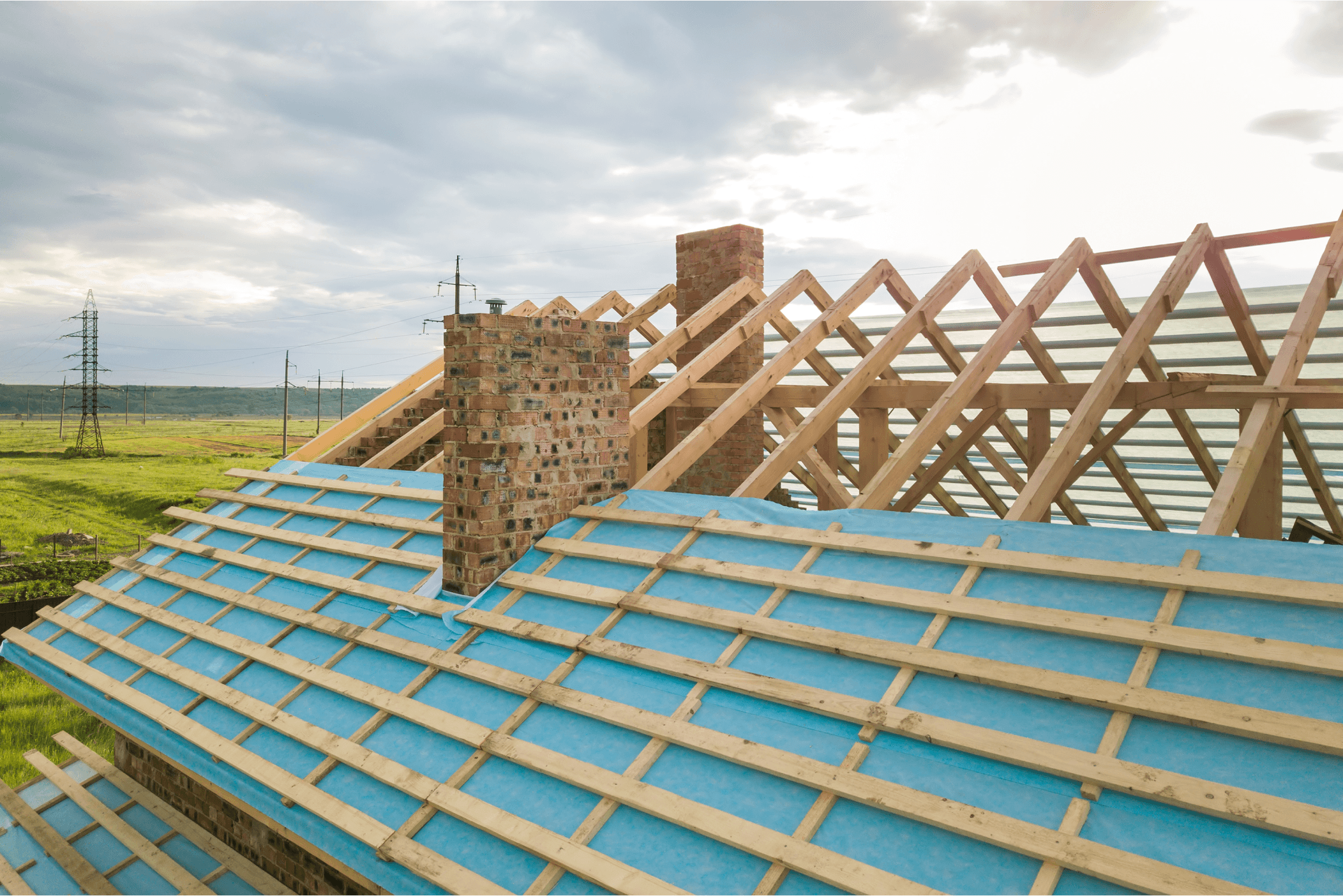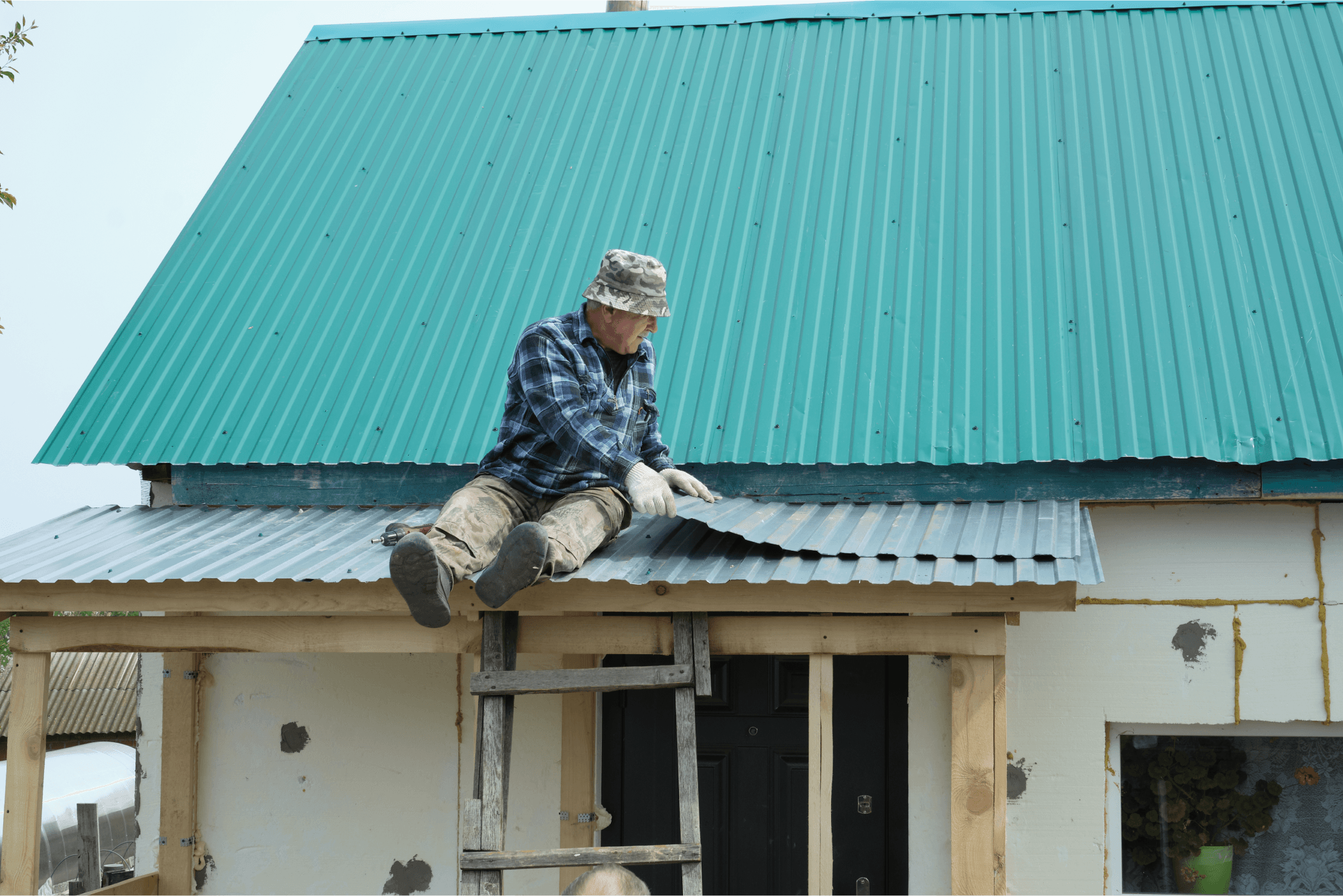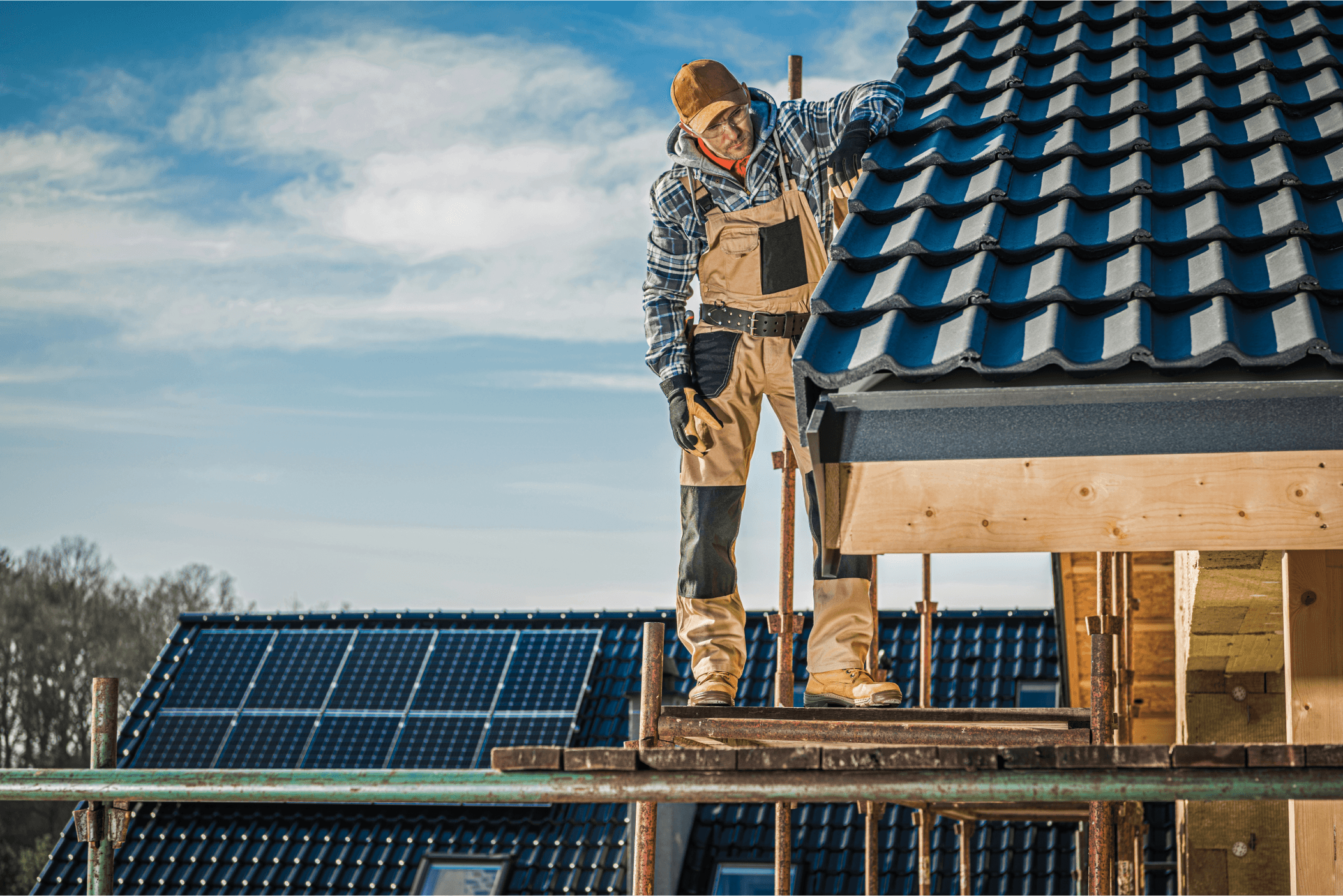Roof Repair vs. Replacement: How to Make the Right Choice
When your roof shows signs of wear, deciding between a repair and a full replacement can be challenging. Here’s how to determine the best option:
When to Repair:
Minor Leaks or Isolated Damage – If only a small section is affected, repairs may be sufficient.
Shingle Replacement – A few missing or damaged shingles can be replaced without replacing the entire roof.
Recent Installation – If your roof is relatively new, repairs may extend its lifespan.
When to Replace:
Extensive Damage – If more than 30% of the roof is affected, replacement is often the better choice.
Frequent Repairs – Ongoing issues could indicate deeper structural problems.
Aging Roof – Most roofs have a lifespan of 20-30 years. If yours is nearing this age, replacement is likely the best long-term solution.
Signs You Can Repair Your Roof:
✔ Missing or damaged shingles in a small area.
✔ Minor leaks that haven’t caused structural damage.
✔ Wear and tear on a roof that’s still within its lifespan.
Signs You Need a Roof Replacement:
✖ Multiple leaks or widespread damage.
✖ Roof is over 20 years old and has reached the end of its lifespan.
✖ Sagging or weakened structural integrity.
Cost Considerations
Repairs are usually more affordable but may only be a temporary solution.
A full replacement is a long-term investment, potentially increasing home value and energy efficiency.
Tip: If repairs cost more than 50% of the replacement cost, a new roof may be the smarter option.
Final Tip:
Consult with a professional roofer to assess your roof’s condition and get expert recommendations.



